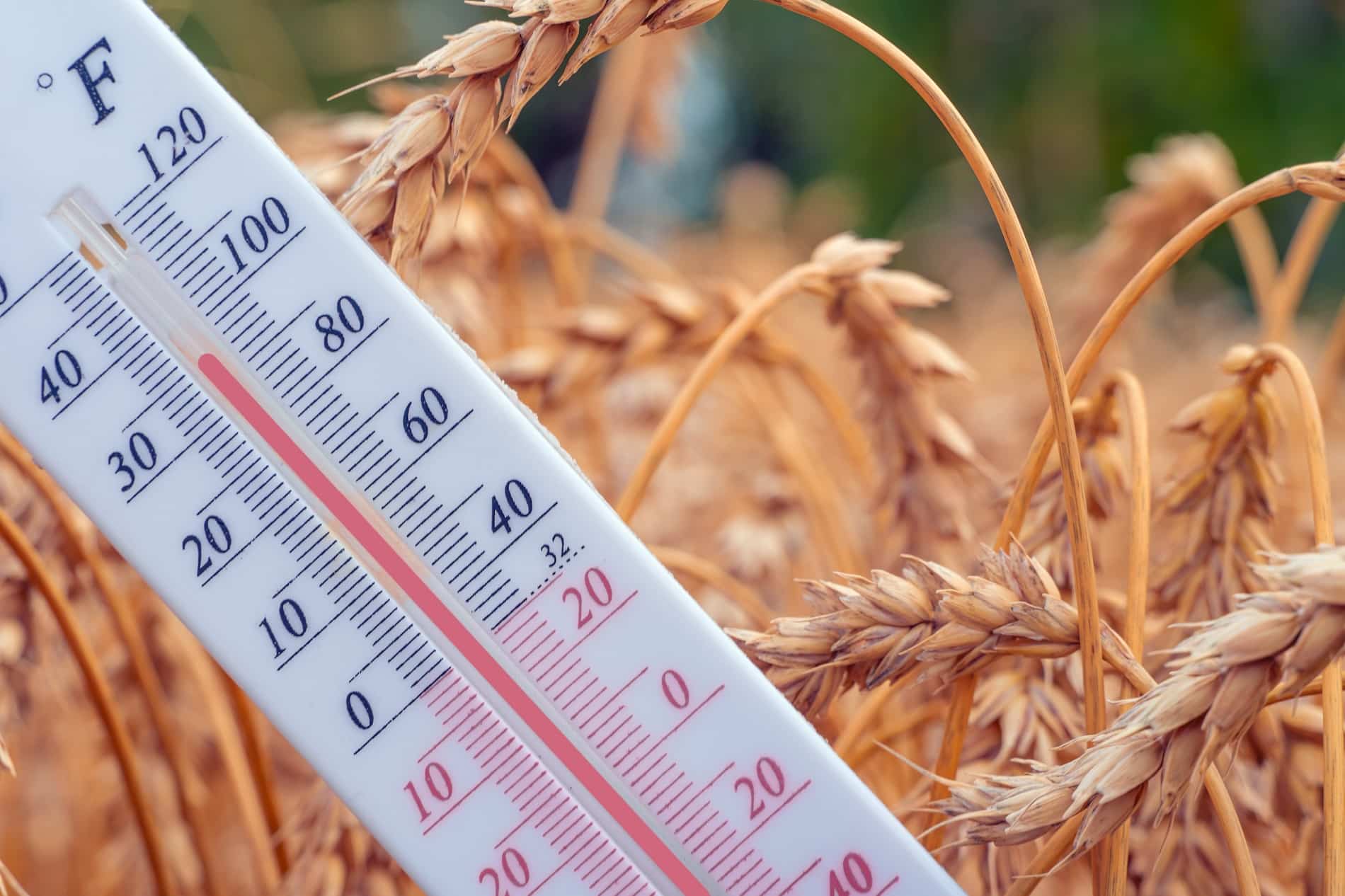This summer is shaping up to be one of the hottest on record, with temperatures hitting all-time highs across the country. As you crank up the air conditioner, remember that not only do you and your family need protection from the heat, but your land does, too.
The scorching summer sun can be dangerous, so it’s crucial to implement measures that protect your soil, livestock, and crops. A bit of planning goes a long way in ensuring the success and sustainability of your acreage.
Let’s dive into five essential ways to safeguard your property during a heatwave.
1. Water Conservation Methods
Proper irrigation is crucial year-round, but it is especially important to implement sustainable methods during hot weather. Water evaporates much faster in hot weather, so you want to make sure that your crops have enough hydration to stay healthy. However, you don’t want to overcompensate and cause damage to your plants (or utility bills) with excess runoff.
Here are some summer irrigation tips1:
- Water in the a.m. – The coolest part of the day is the early hours of the morning. Irrigating at this time maximizes absorption.
- Irrigation sensors – Smart sensors track temperature, wind, soil moisture, and more to determine irrigation levels and water crops accordingly.
- Shade – Crop cloths or other coverings can help keep soil cool and minimize evaporation.
Even if you don’t have any technical equipment, everyday irrigation adjustments can make a substantial difference.
2. Soil Protection Techniques
In hot weather, soil is more likely to become dry and dehydrated. Water evaporates faster, soil absorbs less water, and plants don’t receive enough nutrients.
The first step is implementing an efficient irrigation system using the tips we mentioned above. Next, help your soil withstand the heat by using natural mulch such as wood chips, compost, or leaf mold. Organic mulching provides soil cover to help reduce evaporation.
Lastly, avoid fertilizing crops in the summer months. During a heatwave, plant processes like photosynthesis slow down as they adapt to extreme temperatures. While it’s usually beneficial that fertilizer promotes plant growth, when it’s too hot, this growth will only cause stress to plants that are already at their limits.1
3. Shielding Crops from Sunlight
We’ve already explained how soil struggles to retain moisture during a heatwave. So, how can you help protect your crops? Here are a few ideas.
- Shade cloths—Whether store-bought or DIY-ed, shade cloths or sheets are an easy way to block sunlight and avoid overheating.1 Opt for light colors to absorb the least amount of heat.
- Cover crops—These not-for-harvest plants can provide shade for your seasonal plantings. They also improve soil moisture capacity and limit runoff.
- Plant trees or shrubs – Suitable for smaller plots and home gardens, plant coverage is a natural and sustainable option for extra shade.
With proactive methods, you’ll enjoy fuller and healthier harvests.
4. Protecting Livestock from Extreme Heat
During hot summer weather, it’s vital to help your livestock stay safe and cool. Try some of the following strategies2:
- Ventilated barns – Structures with wide doors and an east-to-west crossbreeze help keep barns cool.
- Barn sprinklers – Give animals a midday refresher with automated sprinklers.
- Cold water – Livestock should always have access to fresh drinking water, and during a heatwave you should replenish cool water more often. Consider adding ice cubes to their troughs to keep water cold.
- Minimal transport – During extreme heat, Keep livestock within a limited radius so they don’t expend unnecessary energy. If you do need to move them, do so in the morning before temperatures reach their peak.
If the heat is uncomfortable for you, it is for your animals, too.
5. Pest Prevention and Control
Pest outbreaks are much more common in hot weather, so implementing a pest control strategy before the summer will save you time and stress down the line.
We recommend practicing Integrated Pest Management (IPM), the most efficient and eco-conscious way to both target pests and limit future infestation. IPM encourages pest monitoring so you can track outbreaks and determine when pest levels decrease.
Common IPM control methods include3:
- Remove standing water
- Clear debris
- Implement a crop rotation schedule
- Apply pheromones
- Weed often
- Routinely clean livestock
IPM prioritizes natural ways to monitor and control pests, avoiding pesticides whenever possible to keep your land safe.
Find More Expert Tips on Land.com
Safeguard your land from hot weather and maximize your farm’s potential with the latest updates and advice from Land News. Our land experts are dedicated to practical and sustainable advice for farmers, landowners, and homesteaders everywhere.
If your summer plans involve expanding your acreage, browse listings for sale on Land.com, the nation’s largest online marketplace for rural real estate. Find properties with renovated barns, acres of woodland, natural bodies of water, and more to have a thriving summer.
Find a land professional in your area today to learn what opportunities await!
Sources:
- Iowa State University. Managing the Garden in Extreme Heat. https://yardandgarden.extension.iastate.edu/how-to/managing-garden-extreme-heat.
- American Dairy Association. Dairy Farmers Help Cows Stay Cool from Summer Heat. https://www.americandairy.com/dairy-diary/dairy-farmers-help-cows-stay-cool-from-summer-heat/.
- EPA. Integrated Pest Management (IPM) Principles. https://www.epa.gov/safepestcontrol/integrated-pest-management-ipm-principles.
- CNN. A heat wave not seen in decades is helping to send temperatures soaring for most Americans. https://edition.cnn.com/2024/06/17/weather/heat-wave-east-us-climate-monday/index.html.
